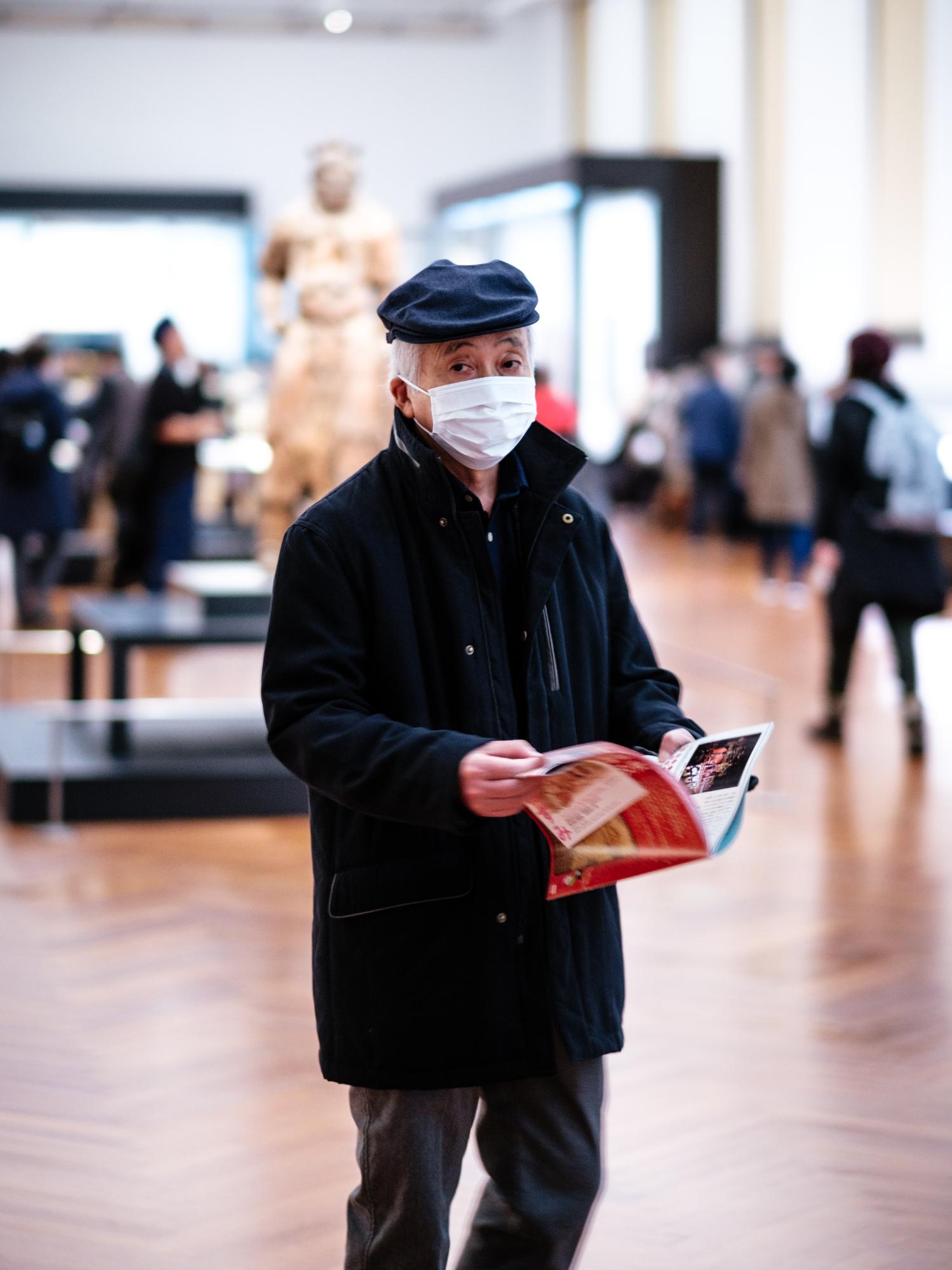I finally had the time and resources to scratch off a country off my bucket list and to add icing on the cake my best friend was coming along. It was going to be an epic girls’ trip.
Had the hotel selected the dates locked in, all I needed to do was save enough money to afford a first-class ticket for a 19 plus hour trip. Being an avid traveler I find waiting till closer to my trip date I have been lucky in finding the best deals. Then it hit. News reports a new disease the Corona Virus coming out of China and it was fatal. I paid very close attention to reputable news sources while others were inciting fear. Then travel advisories hit and the disease was spreading. After talking to my closest friends the risk was too high and I could not afford to miss another two weeks of work and being away from my family due to quarantine. So I canceled my trip.
A little annoyed I did not want to risk coming in contact with a disease I was unfamiliar with and had no knowledge of how it affected the body. Having contracted respiratory infections a handful of times from flying with sick people on long flights. I did not want to risk being a headline on the local news. I wanted to know more about the disease that caused me to put my health and safety first instead of proceeding with my trip.
What is the Corona Virus?
The Coronavirus everyone is familiar with is actually called COVID-19. It stands for Coronavirus Disease 19. Coronavirus is actually a classification name. Other coronaviruses are SARS and MERS. It is more common in animals but then becomes zoonotic when the virus transfers from animals to humans. SARs and MERs are also zoonotic diseases. The virus is a respiratory illness that spreads from person to person in close contact.
Where did it come from?
According to the Centers for Disease Control COVID-19 originated Wuhan City, Hubei Province, China it is unclear what animal the disease transferred from. Due to China’s lack of transparency with the rest of the world when the disease first broke out it is unclear who patient zero was or the details. The doctor who broke the news died in early February.
How does it Spread?
According to the CDC, the disease is highly contagious and spreads from person to person within six feet. Close contact with infected persons through respiratory droplets. In laments terms snot and spit from someone coughing or sneezing. surfaces are another known form of transmission. If an infected person has contact with a surface the virus can survive for up to several hours.
What are the symptoms to observe?
For confirmed Coronavirus disease 2019 (COVID-19) cases, reported illnesses have ranged from mild symptoms to severe illness and death. Symptoms can include:
Fever
Cough
Shortness of breath
CDC believes at this time that symptoms of COVID-19 may appear in as few as 2 days or as long as 14 days after exposure. This is based on what has been seen previously as the incubation period of MERS-CoV viruses another member of the coronavirus family. So far persons exhibiting signs and symptoms are highly contagious.
Prevention and Treatment
(Directly from cdc.gov)
According to the CDC, there is currently no vaccine to prevent coronavirus disease 2019 (COVID-19). The best way to prevent illness is to avoid being exposed to this virus. However, as a reminder, the CDC always recommends everyday preventive actions to help prevent the spread of respiratory diseases, including:
Avoid close contact with people who are sick.
Avoid touching your eyes, nose, and mouth.
Stay home when you are sick.
Cover your cough or sneeze with a tissue, then throw the tissue in the trash.
Clean and disinfect frequently touched objects and surfaces using a regular household cleaning spray or wipe.
Follow CDC’s recommendations for using a facemask.
CDC does not recommend that people who are well wearing a facemask to protect themselves from respiratory diseases, including COVID-19.
Facemasks should be used by people who show symptoms of COVID-19 to help prevent the spread of the disease to others. The use of facemasks is also crucial for health workers and people who are taking care of someone in close settings (at home or in a health care facility).
Wash your hands often with soap and water for at least 20 seconds, especially after going to the bathroom; before eating; and after blowing your nose, coughing, or sneezing.
If soap and water are not readily available, use an alcohol-based hand sanitizer with at least 60% alcohol. Always wash hands with soap and water if hands are visibly dirty.
Conclusion
Little is still known about the pathology of the disease outside of what China has disclosed. While the media always evokes fear and unclear information on the status of the disease. The only valid source of reputable information is the CDC. As information develops the CDC continues to update its website regularly. This is unbiased information. For those who want the information without the fear attached to it. For more information please refer to https://www.cdc.gov/coronavirus/2019-nCoV/summary.html
Be safe be vigilant in staying safe don’t let the media try to scare you do your research.

